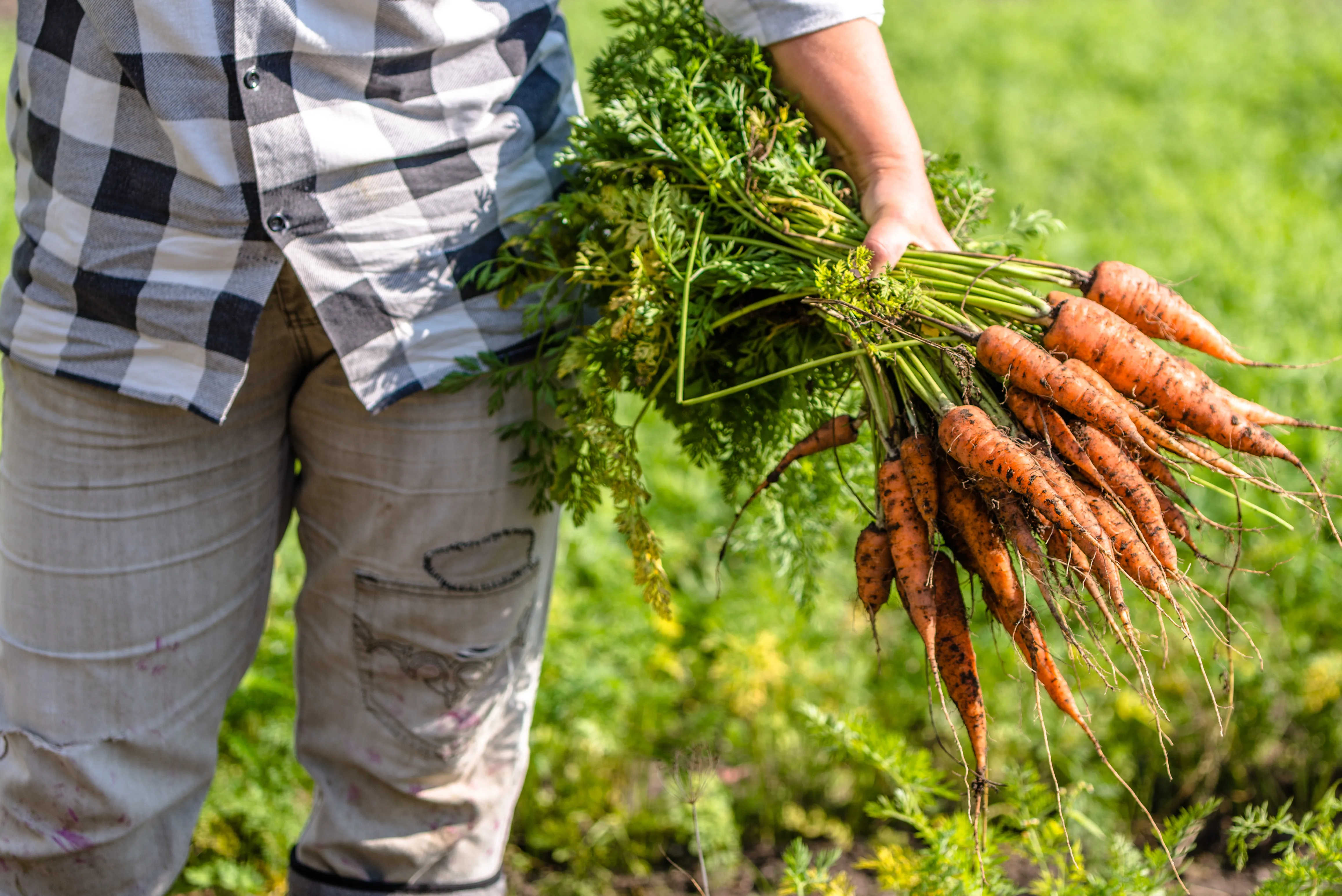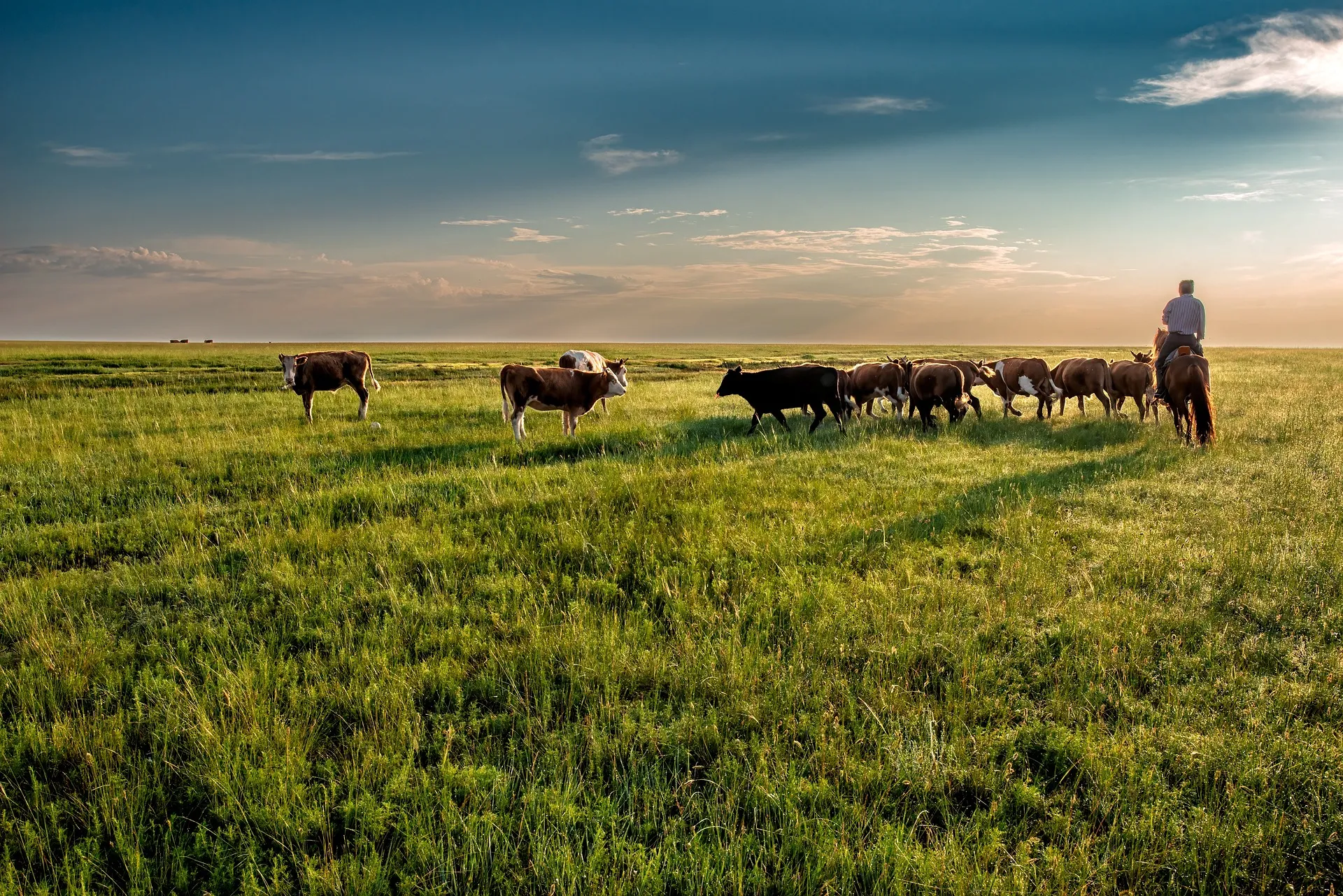
Food has a massive impact on the environment
It's responsible for between 10% and 30% of your household’s greenhouse gas emissions.
Four ways to reduce your food carbon footprint
-
choose unprocessed foods highly processed foods usually have a bigger carbon footprint
-
grow your own vegetables this can be fun to do if you have a garden or allotment
-
buy from a farmers’ market if the food is locally produced, this cuts virtually all transport-related emissions
-
check the labels on fruit and veg to see how far they’ve travelled
Do you know the carbon footprint of the food you eat? Check out this calculator on the BBC website.
What's your food’s carbon footprint?

How food is produced, how far it travels and whether it’s animal or vegetable all affect how much greenhouse gas is released into the atmosphere.
According to the UK Food Standards Agency, the way we grow, process and transport food is a major contributor to climate change. And food tops the list of everyday purchases that most impact the environment in European countries.
One of the best ways to lower the carbon footprint of your food is to cut down on meat and dairy products.
Scientists reckon these foods are responsible for 60% of greenhouse gas emissions from agriculture.
Feeding and rearing farm animals for meat and dairy takes up four-fifths of all farmland globally. But it produces only 18% of the calories and 37% of the protein we consume.
Another scientific study found that 60% of all mammals on Earth are farm animals; 36% are human and 4% are wild animals. Put another way, mammals raised for food outnumber humans by almost two to one.
So, would it be more sustainable and better for the environment if we all switched to a plant-based diet? Yes, but unfortunately it’s not that simple.
Not all plant-based foods are equal in terms of their carbon impact. It depends on where they come from and how they get to your plate.
If you ate an apple once or twice a week for a year you’d add 2kg of carbon to your carbon footprint.
But if you swapped your apples for avocados you’d add 15kg – more that seven times as much.
The difference is from the extra carbon emissions involved in growing and transporting avocados. Your avocados probably had to travel thousands of miles from central or southern America. Transport has a massive carbon footprint. Although bear in mind that an avocado still has a much lower carbon footprint than its equivalent weight in meat!
The table below compares the carbon footprint of different foods based on their carbon dioxide equivalent (CO2e) emissions per kilogram.
The values are approximate and may vary depending on the production methods and location of the food source. But they clearly show the massively greater carbon footprint of meat.
Sources: CO2 of Everything, Statista, Guardian.
|
Food |
CO2e emissions per kilogram |
|---|---|
|
Beef |
60 kg CO2e |
|
Lamb |
24 kg CO2e |
|
Pork |
7 kg CO2e |
|
Chicken |
6 kg CO2e |
|
Tofu |
3 kg CO2e |
|
Lentils |
0.9 kg CO2e |


